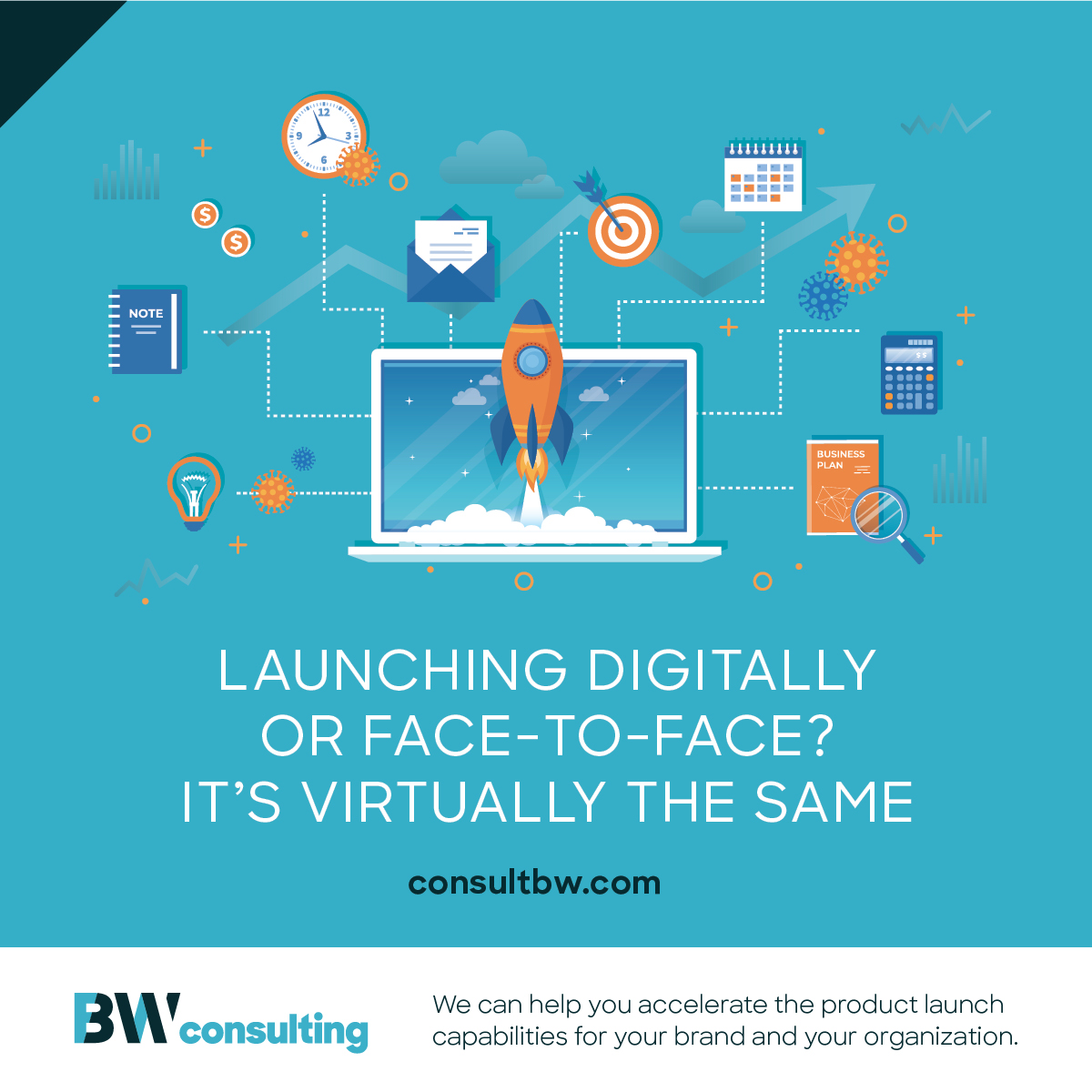
Launching Digitally or Face-to-Face? It’s Virtually the Same
Anecdotally, we all know the pandemic has accelerated the shift to nonpersonal promotion, such as digital and DTC, for marketing and sales functions. During a webinar I recently attended on virtual launches, the speakers shared findings that confirmed this. In-person meetings between sales reps and HCPs had already begun to decline by as much as 73%. Since the pandemic hit, however, video calls between sales reps and HCPs are up almost 800%.
This aligns with findings from our own work on a recent launch in CNS that highlighted a seismic shift to NPP since 2017, when 29% of spend was on NPP compared to 88% in 2020.
Here’s another data point they shared: Email volume has increased 7-fold, and open rates are as high as 50%. In BW Consulting’s own research for clients, we are seeing similar trends. Digital engagement has leveled up.
This information shouldn’t be a surprise. These days, if you’re not in a Teams meeting or on a Zoom call, you’re trying to make headway in your inbox. And obsessing about open rates and click-throughs.
How and where a product is launched has changed. Probably for good. But I’d argue that a virtual world changes tactics, not the overall strategy. The fundamentals of a successful launch remain the same.
These fundamentals form the cornerstone for any launch:
-
-
-
- Prepare the product for the market. The launch journey still starts by completing a candid assessment of the product’s differentiators and the unmet need it fills. Using advanced statistical techniques, such as latent cluster analysis to clearly delineate customer segments, has been effective for clients who recently launched products. Building segment-specific messages that target unmet needs is essential for developing a campaign that can cut through today’s electronic noise. Postlaunch, using marketing automation tools such as Eloqua or Marketo can help evaluate multi-segment, multichannel campaigns both in terms of execution and effectiveness.
- Prepare the market to receive the product. Postlaunch, activating an already educated market is essential for success. Our research into best practices for launch shows that the most successful brands begin their disease-state education campaigns 18 to 24 months before launch. The typical prelaunch blocking and tackling (KOL roundtables, payer research, white papers, poster session, etc) still happens, but now these activities take place in interactive, rich-media, virtual settings. More and more, patients and patient-advocacy organizations are critical prelaunch targets. Ensuring that an educated market includes this audience segment is a competitive advantage.
- Prepare the organization for launch. The third leg of a launch consists of 2 components. The first works to align all functions, whether internal or external, around the product’s marketing strategy. Although an organization should have the most control over this portion of the launch, it often ends up de-prioritized. As a result, issues such as a lack of governance structure, clear responsibilities, and poor coordination along functional lines are not addressed, leading to suboptimal launches. Poor alignment is further complicated in a virtual world. In the 4 launches that BW Consulting led in 2020, we employed online tools to both improve communication and project manage the critical path to launch. Doing so proved instrumental in our clients’ launch success.
-
-
Mike Tyson once said, “Everyone has a plan until they are punched in the face.” The second component implements a systematic contingency plan. This will be critical for pivoting when leading indicators aren’t met. The key assumption here is that a clear goals-to-metrics process is in place. BW Consulting has helped clients trace leading indicators (eg, virtual PDEs) to lagging indicators (eg, prescribing) and build contingency plans to anticipate potential issues. Event-based triggers in marketing automation have made this process easier to manage and execute.
Whether the launch environment is virtual, physical, or a combination of the two, following these fundamentals and implementing and leveraging the proper technologies will make a successful launch is attainable.
To learn how BW Consulting can help navigate your next launch, go to consultbw.com or contact Joe Medel at jmedel@consultbw.com
